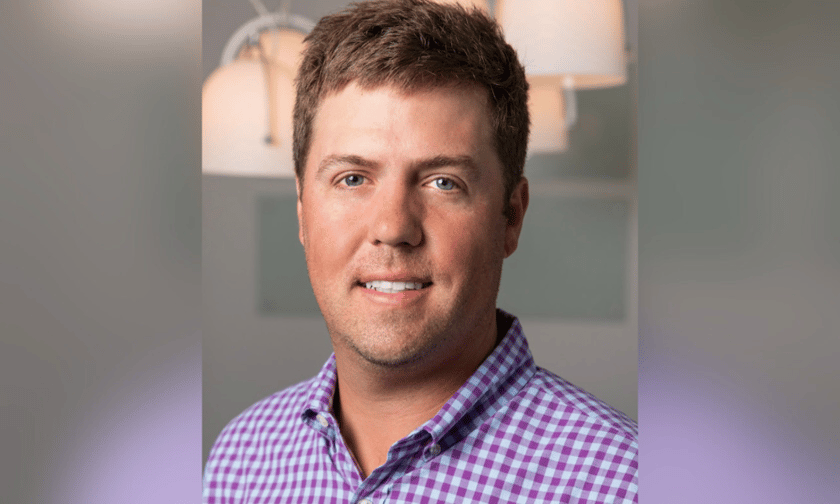

The private equity (PE) and venture capital (VC) industries face more challenges than ever, as interest rate hikes drive up cost of capital and bank failures heighten concerns about portfolio companies’ risk and liabilities.
In this environment, standard due diligence is no longer enough to ensure these firms are safeguarded from risks during transactions. The Silicon Valley Bank crash, coupled with controversial startup failures in recent years, have put PE and VC firms under pressure to tighten their due diligence practices, experts told Insurance Business.
“More firms are really homing in on due diligence and looking at where they’re going to put their money,” said Pam Mason (pictured on the right), senior partner and senior vice president of venture capital at BRP Group.
“You can no longer do the ‘FTX due diligence,’” agreed Travis Holt (pictured on the left), senior partner and senior vice president of private equity at BRP Group, referencing the cryptocurrency trading platform that crashed in late 2022.
“You had a ton of large, sophisticated investors pour hundreds of millions of dollars into FTX with virtually no due diligence,” Holt continued. “These types of events show you can't just do ‘check the box’ diligence and wrap it up.
“In trying economic times, when you are looking to pay a price for a business that may be a little outside of your comfort zone because the cost of capital has increased significantly, you can't have surprises.”
To better serve private equity and venture capital firms amid these challenges, BRP Group has launched two new practices aimed at supporting clients with risk management and insurance.
BRP is an independent insurance distribution firm representing 1.2 million clients in the US and internationally.
Through the dedicated practices, BRP aims to offer insurance expertise, transaction support, due diligence services, and cyber risk assessments to private equity firms, venture capital groups, and strategic acquirers.
Holt heads up the private equity team while Mason leads the venture capital team. Both have extensive experience in the PE and VC spaces.
“There’s a real need, from a venture capital perspective, for insurance professionals to give guidance and help firms provide better return on investment,” said Mason. “That's what they are looking for from an insurance and risk management perspective, and I think we really fill that void.”
The practices are also a result of a confluence of market timing and talent at BRP Group, according to Holt.
“Pam and I have been doing this work collectively for around 25 years. We’ve seen peaks and valleys in deal flows, but we’re bullish on deal flow and we’re seeing a lot of activity, so we’re excited about where this is headed,” Holt said. “We’ve very picky about having the right talent and we have made sure there are true experts on the team.”
Aside from Holt and Mason, the leadership teams of the private equity and venture capital practices include John Warren, senior partner and senior vice president of private equity, and Lidore DeRose, senior partner and senior vice president of transaction risk.
Asked why there are separate practices for private equity and venture capital, Mason explained that each team offers two distinct perspectives.
“One of the reasons we structured it that way is that while private equity and venture have significant similarities in asset management, they’re very different in terms of client needs. It’s really two different focuses,” she said.
Private equity usually takes a majority or 100% wholly owned stake in a portfolio company, whereas venture capital takes a minority stake. Private equity investors are also more inclined towards stable companies, while venture capital investors favor younger startups.
“The types of work that we would do for due diligence in an acquisition for a private equity firm are substantially different versus venture capital,” Mason said.
Holt added: “There’s a vast difference in how the private equity firm looks at an investment compared a venture firm. At the venture stage, they’re interest in rapid growth, marketing, product development, and talent acquisition. They’re trying to grow, grow, grow, with the intent to raise more capital in 12 or 18 months.
“On the private equity side, there’s a significant stream of cash flow [into a firm] and they’re looking for us to protect those cash flows.”
Ultimately, BRP’s PE and VC practices are looking to offer a holistic approach to transactions, the senior partners said.
“We've seen a big need in the marketplace to take a holistic look at the transaction,” said Holt. “The services are very segmented, where you’ll have a transaction risk team, an insurance due diligence team, and an insurance placement team that’s going to handle the servicing and the placement of the insurance post-closure, and those teams oftentimes don't communicate together.”
“We will also treat the client with multiple billions of dollars of assets under management the same way we would treat a small, special-purpose vehicle looking for insurance,” said Mason. “That is very consistent across what we do.”
What’s your take on the risks faced by private equity and venture capital firms? Share your views in the comments below.
